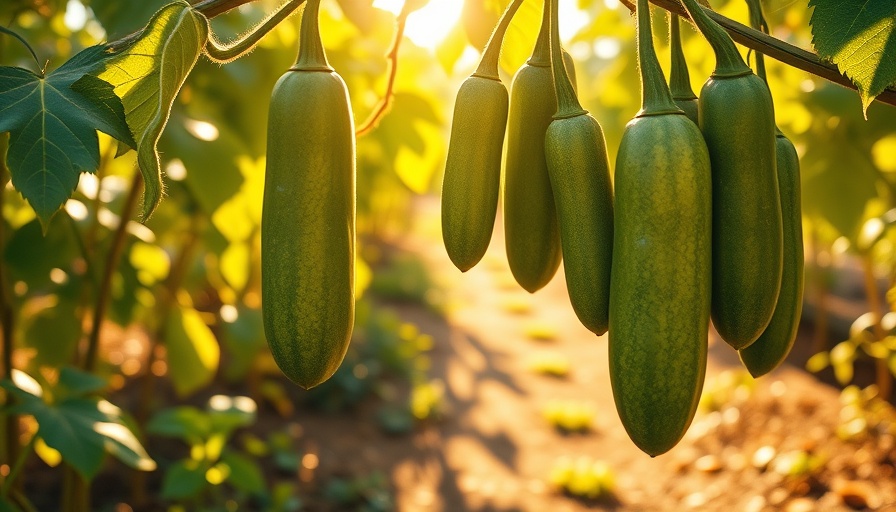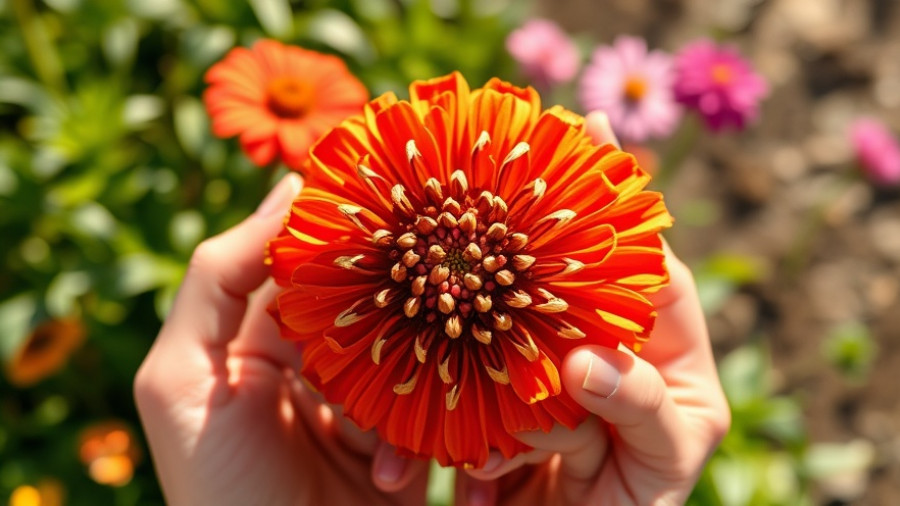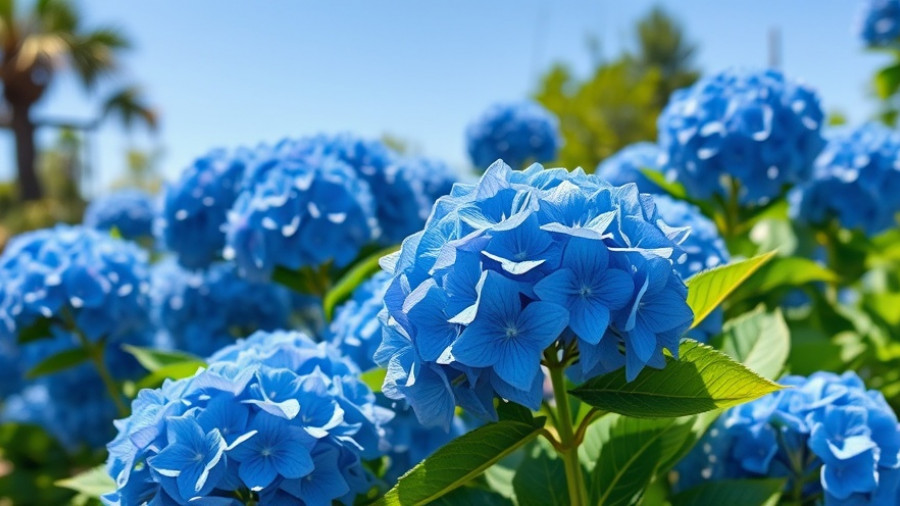
Boost Your Garden: Key Veggies That Thrive on Extra Fertilizer
For outdoor living and gardening lovers, ensuring your garden thrives involves understanding which plants need that little extra attention. Just like our community members who flourish with support, certain vegetables perform significantly better when given extra nutrition. This article will highlight common heavy-feeding vegetables that need additional fertilizer to flourish, along with actionable tips to make your garden bloom.
Heavy Feeders: Why Nutrients Matter
Heavy-feeding veggie crops are like vital community members, drawing from their environment to grow strong and healthy. These plants require enriched soil with a constant supply of nutrients. When they lack proper nourishment, they often grow poorly, showing misshapen fruit or, in dire cases, failing to produce at all! To ensure the bountiful harvest you desire, knowing your heavy-feeding veggies is key.
Top Veggies to Fertilize for Best Results
Here’s a rundown of some heavy feeders and suggestions on how to nourish them:
Double Yield Cucumber: Robust and plentiful, these cucumbers prefer a nitrogen-rich diet. Consider a water-soluble fertilizer every few weeks to ensure they thrive.
Tropical Sunset Pole Cherry Tomato: These tomatoes love sunny spots and crave nutrients. Regular feeding during the growing season will enhance their fruiting potential.
Green Globe Improved Artichoke: These perennials thrive on high-nitrogen fertilizer every month, particularly after transplanting. They’re tough plants but require consistent care.
Asparagus: This perennial veggie has strong roots and can benefit from consistent fertilization to encourage robust growth.
Community Connection: The Satisfaction of Growing Together
Just as community initiatives bring joy and connection among neighbors, nurturing your plants can bring harmony to your backyard space. Watching your garden food flourish not only provides sustenance but also fosters a sense of accomplishment and joy that mirrors the satisfaction one gets from participating in local events.
Planning Your Fertilizer Strategy
Successful gardening, just like community projects, relies on careful planning. Create a seasonal planting guide that includes when each heavy feeder should be fertilized. Don’t wait until you see signs of distress! Proactive care can elevate your harvest potential and create a resilient garden.
Beyond Fertilizing: Designing a Flourishing Garden
Consider integrating environmentally friendly yard care practices, like composting or companion planting, to naturally boost soil nutrients. Using organic fertilizers aligns with low maintenance landscaping efforts, ensuring that your garden supports the local ecosystem even while producing your favorites.
Practical Tips for Fertilizing Your Garden
Here are some actionable insights to amplify your gardening efforts:
Apply fertilizers early in the morning or late in the afternoon to reduce evaporation and prevent leaf burn.
Rotate your crops each year to keep soil nutrients balanced.
Observe your plants for any signs of nutrient deficiencies and adjust your fertilizer strategy accordingly.
As you grow your garden, remember the community spirit that thrives when individuals are invested in the common good. Just as your neighbors will support your gardening journey, the right care and attention will help your plants thrive!
Ready to transform your garden? Explore exciting backyard makeover ideas, container gardening, and other gardening tips! Together, let's create outdoor spaces that nourish our bodies and souls.
 Add Row
Add Row  Add
Add 




Write A Comment